The War in the Air
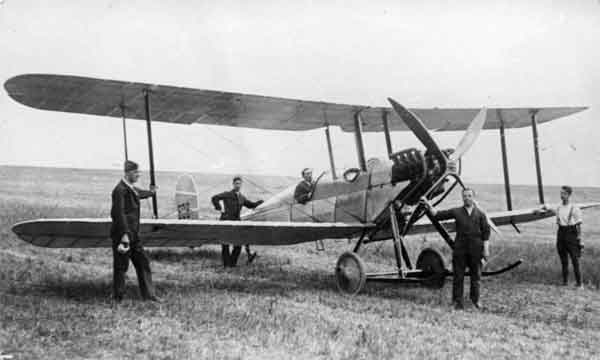
At the start of the war, generals on both sides were sceptical over the usefulness of aircraft in warfare. However the campaigns of 1914 proved that aircraft could effectively locate the enemy and report his movements. By 1915 reconnaissance aircraft were a regular feature of trench warfare. They were used to take air photographs, to help spot for artillery and to report on the progress of battles. Reconnaissance flying was a dangerous busines. In 1917 the British calculated that the average pilot had a life expectancy of 60 hours flying time
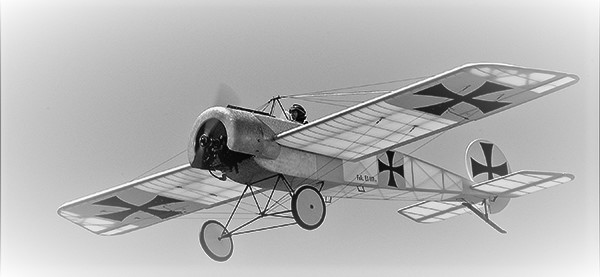
In July 1915 the Germans introduced the Fokker "Eindecker" ("one wing"), the first true fighter or "pursuit" plane. It was equipped with synchronization gear that allowed a machine gun to fire through the arc of the propeller without striking its blades. By late 1915 the Germans had achieved air superiority, restricting Allied access to the vital intelligence provided by aerial reconnaissance. However the French were already creating specialist fighter squadrons, equipped with the new Nieuport 11, and they regained air superiority over the battlefields by April, 1916.
In 1915 when massive German Zeppelins began air attacks in targets in England, including London. By 1918 Zeppelins had made 51 raids. In 1917 the Germans augmented the Zepplin raids with attacks by two-engined "Gotha" bombers. Air attacks on London continued until the end of the war. In all the Germans dropped 300 tons of bombs on English targets, killing over 1400 and injuring 3400. In 1917 the British responded with air raids on German industrial and transportation targets. Compared to the massive air attacks of World War Two, these raids caused more panic than actual damage.
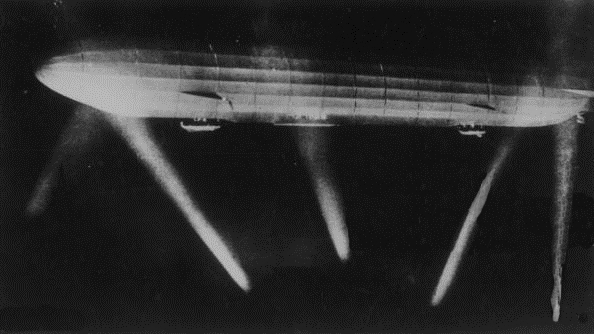
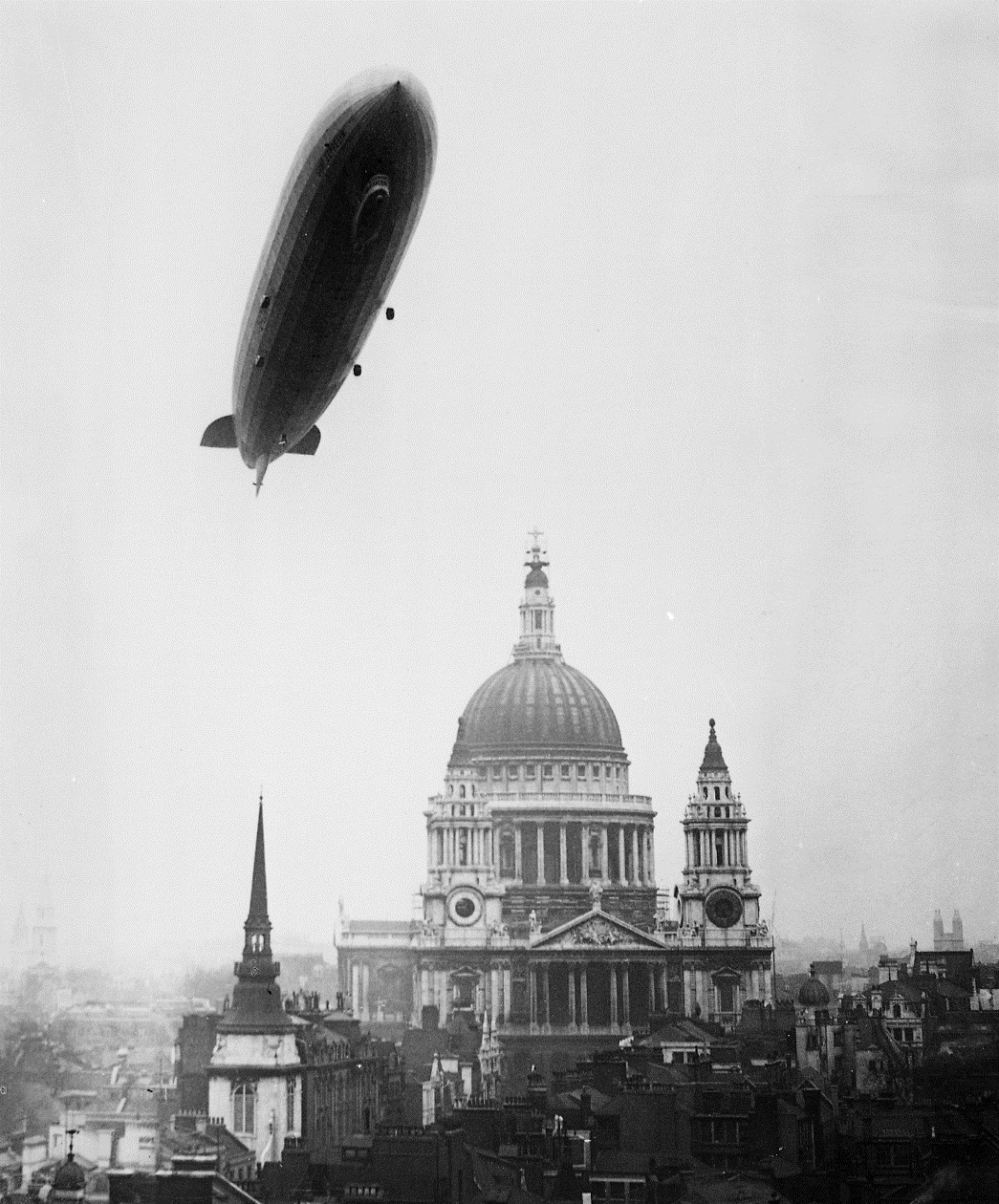
By 1916 reconnaissance aircraft had escorts of smaller, higher performance fighters. When fighters from one side clashed with reconnaissance planes and their escorts from the other side, the result were "dogfights". Successful fighter pilots became hailed as "aces" and became national heroes and legends of the war. Some aces - such as Britain's Albert Ball, France's Georges Guynemer or Canada's Billy Bishop were lone wolfs, preferring to fly and fight alone. Others - such as Manfred von Richthofen, Osward Boeke, Rene Fonck, or Raymond Collishaw - focused on team tactics and wrote the first "rules of engagement".
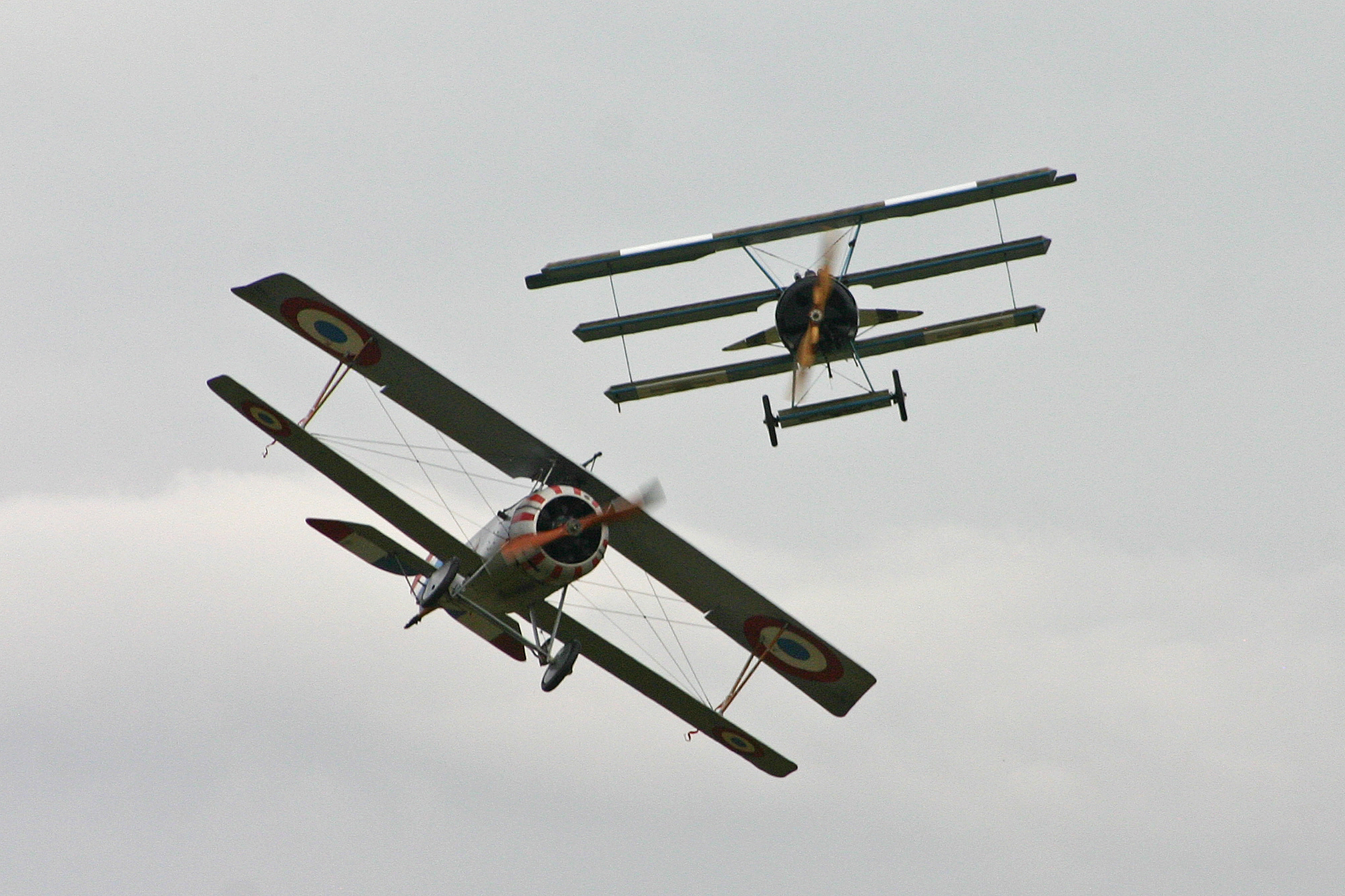
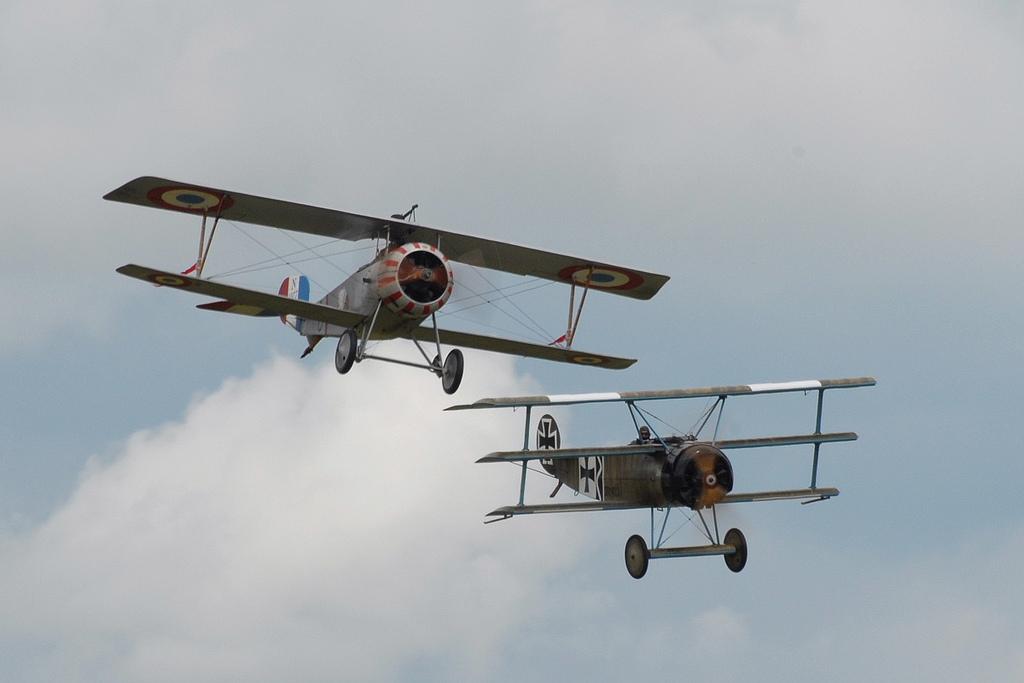
The German squadrons or "jagdstaffeln" dominated the air war in the first half of 1917. German squadrons were equipped with superior aircraft including the the Albatros D-series fighters (the "Red Baron's favourite aircraft), armed with twin synchronised "Spandau" machine guns. April 1917, became known as known as "Bloody April" by the Royal Flying Corps because of its severe losses. In the second half of 1917, new fighter designs swung the air superiority pendulum back in the Allies' favour. The British Sopwith Camel, and S.E.5a and the French SPAD S.XIII came into service. These were the planes flown by such aces as Billy Bishop, Rene Fonck and American Eddie Rickenbakker. Reconnaissance squadrons received the higher performance R.E.8 and Bristol F.2b.
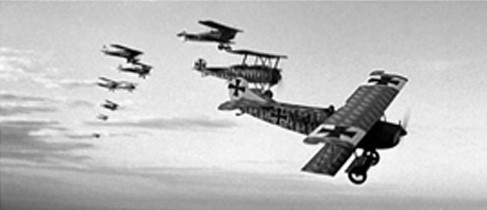
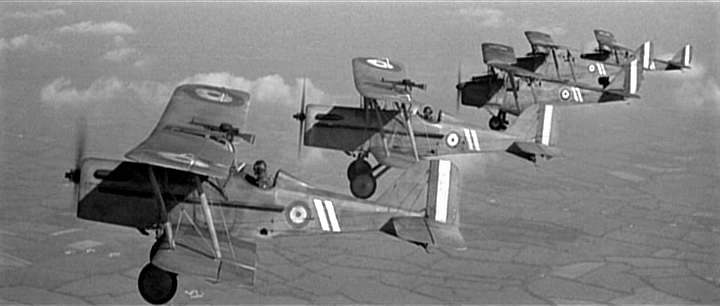
BIn 1918 air superiority swung back to the Germans with the formidable Fokker D VII, Pfalz D XII and Roland D. VI fighters. By September,1918 Allied casualties reached the highest level since "Bloody April". In the last months of the war the Allies maintained air superiority by their numbers rather than through technical superiority.
Canadian pilots flew for the Royal Flying Corp or Royal Naval Air Service. Canadians accounted for 20% of the top aces in WW1, including Billy Bishop, Raymond Collishaw, Donald MacLaren, William Barker - all with 50 victories or more. In all almost 23,000 Canadians served with the Royal Flying Corps or the Royal Naval Service. These were amalgamated into the Royal Air Force in April, 1918.
Here are three film clips on the air war. The first is from the 1927 film "Wings". This film was made only nine years after the war ended. It used actual WW1 aircraft flown by veteran pilots. The other two clips are recreations from the films "The Red Baron"( 2008) and "Flyboys" (2012).
Dogfight scene from the film "Wings" (1927) using actual WW1 aircraft and pilots 4:53